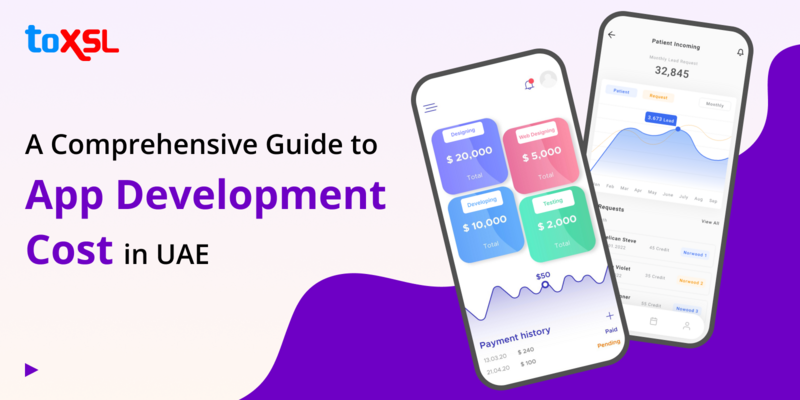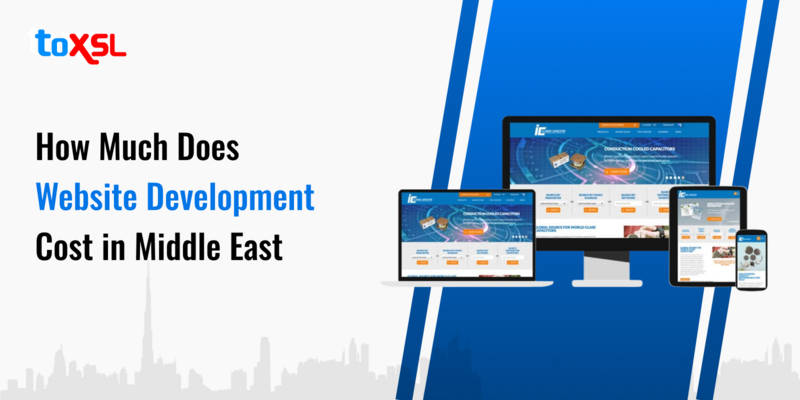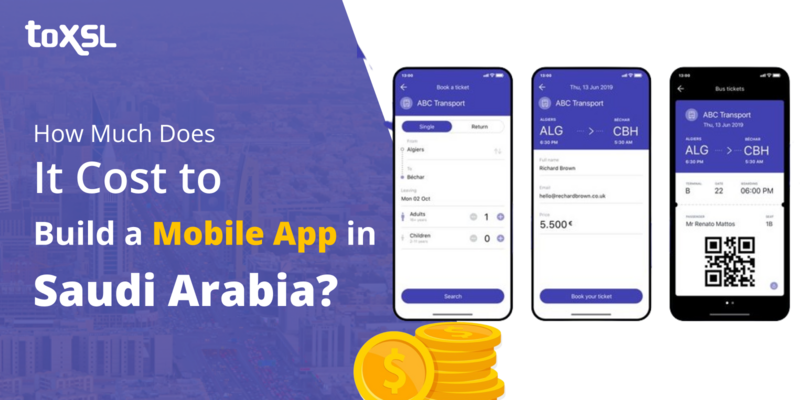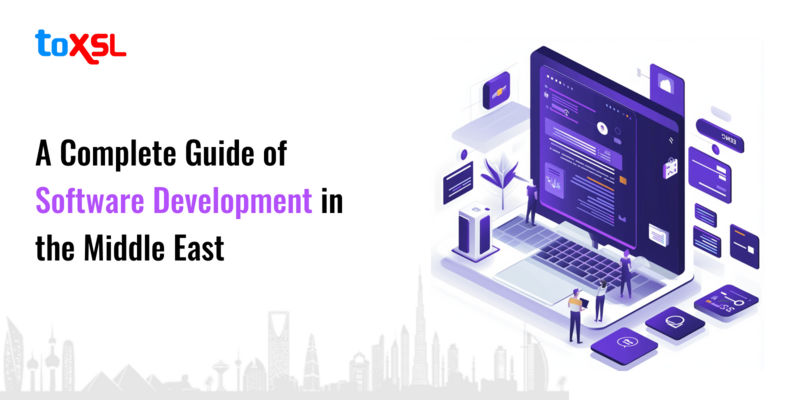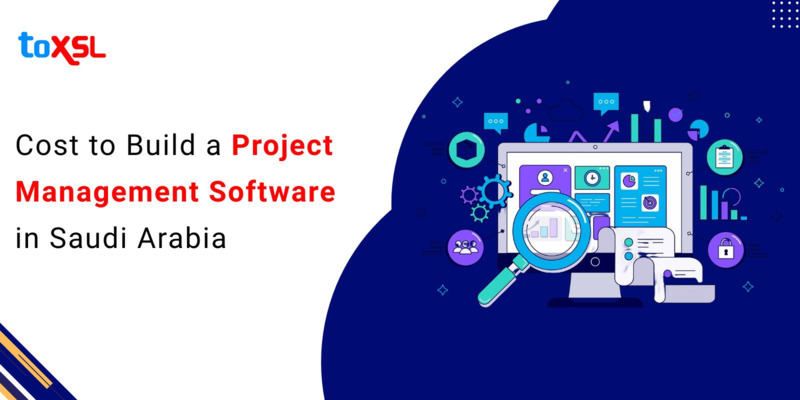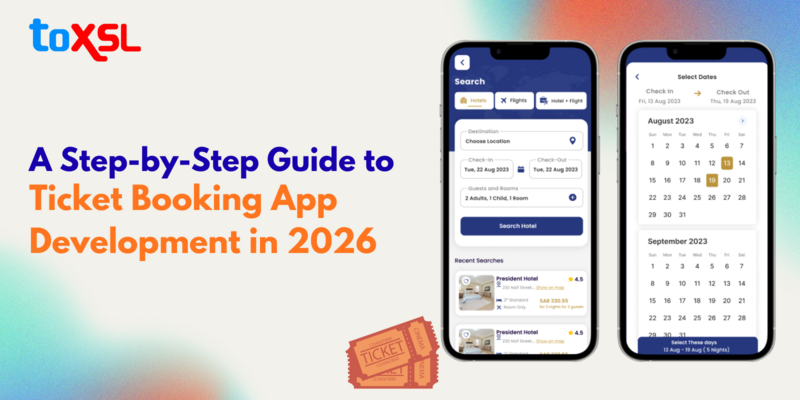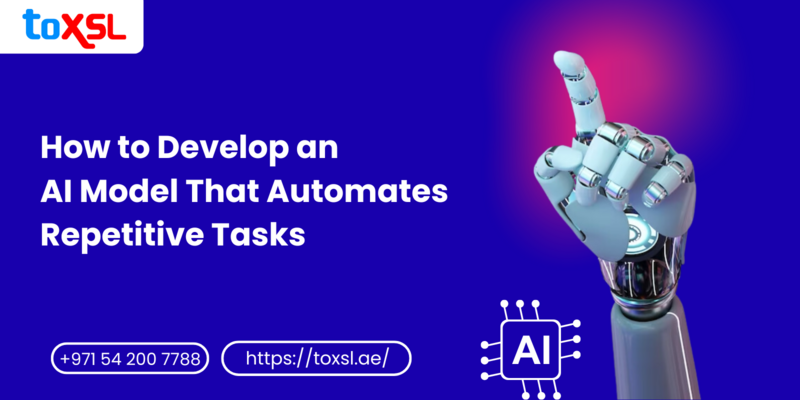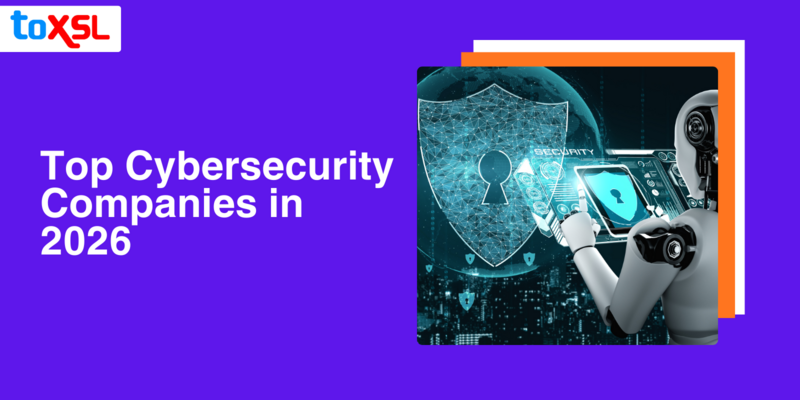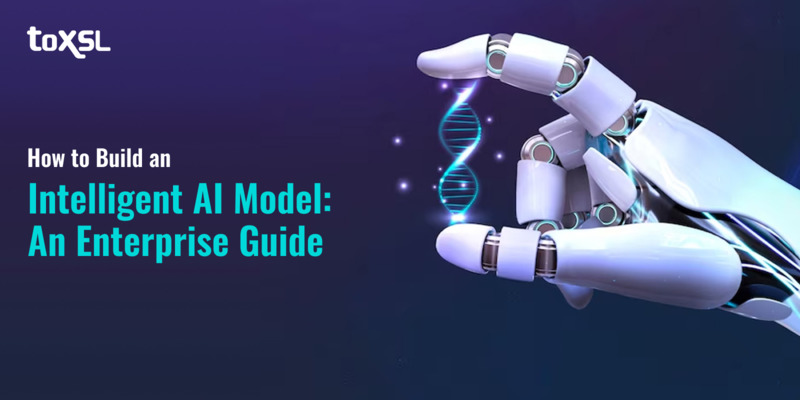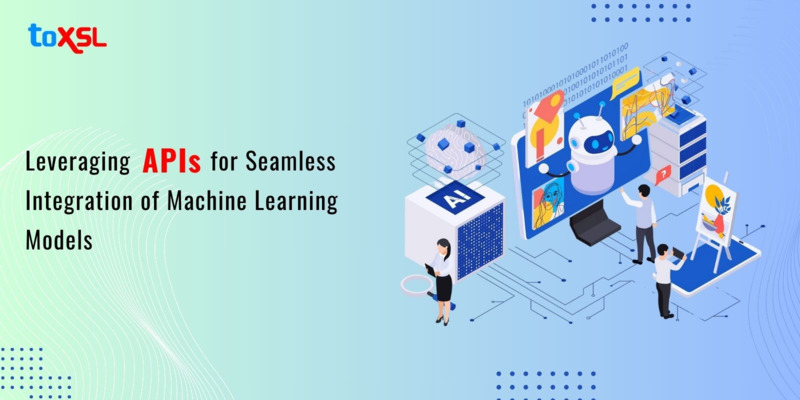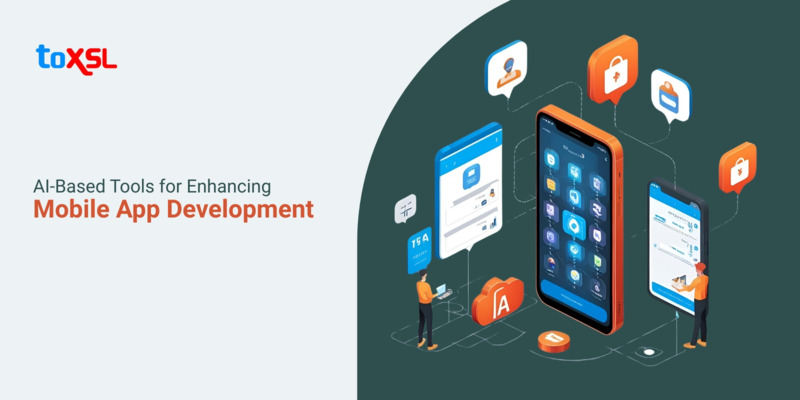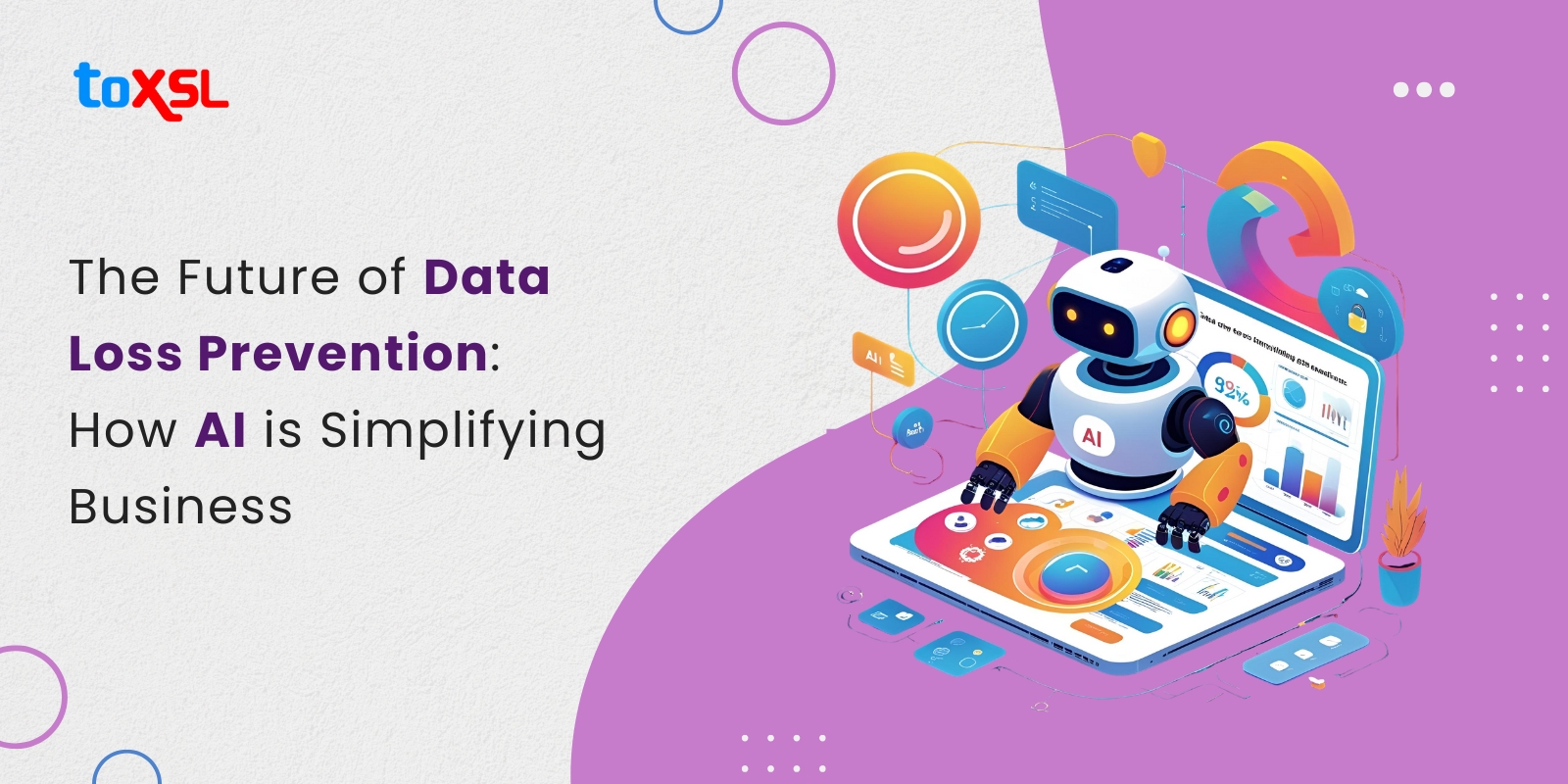
The data loss prevention market is projected to be valued at $8.9 billion by 2028, growing at a CAGR of 21.2%. Data loss prevention is a strategy that protects sensitive data from being lost, misused, or accessed.
Data loss prevention is a security solution that identifies and prevents unnecessary or inappropriate sharing, transfer, or use of sensitive data. It can help your business monitor and protect sensitive data across on-premises systems. These DLP solutions use tools such as antivirus software, AI, and machine learning to detect harmful activities.
Key Takeaways
- AI-powered DLP automates data classification and enhances visibility.
- Machine learning detects anomalies and insider threats in real time.
- AI-driven solutions adapt proactively to evolving cyber threats.
- Automation reduces IT workload and improves incident response speed.
- Effective DLP requires clear policies, real-time monitoring, and cloud integration.
Types of Data Threats
Data threats affect the integrity, confidentiality, or availability of a business’s data. Whereas data leak exposes sensitive data to an unfaithful environment.
Cyberattacks: A cyberattack is a malicious attack that attempts to gain unauthorized access to business or personal systems. Also, these attacks can steal, modify, and destroy data. A few examples of cyberattacks are distributed denial-of-service (DDoS) attacks, spyware, and ransomware. Further, a few ways to safeguard your network are cloud security and risk management.
Malware: Malware includes worms, viruses, and spyware. Many times, it is often disguised as a trusted email attachment or program. The moment a user opens it, unauthorized users into your environment.
Insider risks: Insider risk is associated with individuals who hold information about your data, computer systems, and security practices. These individuals are employees, vendors, contractors, and partners. Insider risk happens when an individual misuses data and causes harm to the organization.
Unintentional Exposure: Unintentional exposure occurs when employees mistakenly access unauthorized users or viruses. So, how do businesses control what users can and can’t access? Identity and access management tools can help businesses avoid such unintentional exposure. These tools keep your business's resources such as apps, files, and data secure.
Phishing: Phishing is the act of sending fraudulent emails on behalf of reputable companies and targeting individuals. These attacks are done by stealing personal information including passwords and credit card numbers. They target a single person, a team, a department, or an entire company.
Ransomware: Ransomware is a type of malware that destroys or blocks access to data until a ransom is paid. Human-operated ransomware that targets businesses is difficult to prevent or reverse. This is because attackers use collective intelligence to access an organization’s network.
Benefits of AI in Data Loss Prevention
Data Loss Prevention (DLP) is a strategy designed to protect sensitive data from breaches, unauthorized access, and accidental leaks. The integration of Artificial Intelligence into DLP solutions has enhanced their effectiveness, making AI-driven DLP a game-changer for modern data security. Here are a few benefits of AI in Data Loss Prevention:
Data Classification and Visibility: AI assists businesses in categorizing and classifying huge amounts of data. This is done by tagging unique digital signatures and organizing them based on priority. AI offers clear visibility into what data is stored, where it resides, and how it moves across the network.
Anomaly Detection: AI and Machine Learning constantly learn normal user behavior and data usage patterns, helping businesses detect insider threats, phishing, malware, and ransomware attacks. AI-powered DLP can identify irregularities in real time, allowing faster response to potential breaches and reducing false positives that drain security resources.
Proactive & Adaptive Security: AI-driven DLP solutions are self-learning and adaptive. They evolve with emerging threats without requiring constant manual updates. This predictive capability allows businesses to adjust security measures and prevent data loss.
Efficiency and Resource Optimization: AI-powered DLP lowers the burden on IT and security teams by automating the detection, classification, and protection processes. This allows them to focus on strategic tasks rather than routine monitoring and rule updates.
Best Practices for Implementing AI-powered Data Loss Prevention
Do you want to leverage the full potential of AI-powered DLP? Well, in that case, businesses should follow a structured approach. Here are the best practices for implementing and maximizing the effectiveness of AI-enhanced DPL.
Identify Sensitive Data: The data classification process is important before implementing DLP policies. AI DLP tools use machine learning in order to determine data based on sensitive levels. The categorized data includes personal identification information (PII), financial data, and intellectual property. After data is classified, businesses apply targeted policies to protect it more effectively.
Define Data Protection Policies: To keep sensitive data safe, companies need clear and simple rules about how different types of information should be handled. AI-powered DLP systems allow businesses to develop detailed and flexible rules that match different users, kinds of data, and situations. For example, employees can access sensitive financial information from outside the office if they’re connected through a secure VPN. With AI, these rules can be automatically applied and adjusted based on various factors such as the user’s location, the device they’re using, and their behavior.
Real-time Monitoring: One of the biggest benefits of AI-powered Data Loss Prevention (DLP) is its ability to keep an eye on data activity as it happens. By using machine learning, the system learns what normal behavior looks like for each user and situation. This way, it can quickly spot anything unusual or suspicious. For example, if an employee suddenly tries to download a large amount of sensitive information late at night, when they usually aren’t working, the AI will notice this strange behavior and raise an alert. This lets the security team investigate right away and take action if needed, helping to catch insider threats or hacked accounts before any harm is done.
Use Natural Language Processing: Sometimes, sensitive information is hidden inside documents, emails, or messages in ways that aren’t obvious. AI-powered DLP uses Natural Language Processing (NLP) to understand the meaning and context of the text, so it can spot sensitive data even when it’s tucked away in complicated or casual language. For example, if an employee tries to send an email that includes confidential client details in a casual conversation, the AI can recognize this sensitive information. It can then block the email from being sent or alert the compliance team, helping to prevent any accidental data leaks.
Automate Incident Response: If you encounter a potential data leak, it becomes necessary for businesses to take action. The action includes blocking file transfers, revoking access, or sending alerts to the security team in real time. These actions can minimize the response time, reducing the chances of a successful data leak. If you are working for a financial company and some unauthorized attempt is made while uploading a client’s data, the DLP system blocks the attempt. Further, these systems send an alert to the security team to investigate.
Cloud Environment Integration: Today data moves between devices, applications, and cloud platforms. To offer entire data protection, AI DLP solutions should integrate with cloud storage providers and mobile environments using cloud-based DLP tools. For example, an Indian financial institute is using DLP to protect its systems from data leakage. The institute was constantly experiencing an increase in data exposure as employees shared files using unauthorized channels. Hence, to classify sensitive data accurately, the institute deployed an advanced AI-powered DLP solution.
Conclusion:
The ever-evolving cyberthreat landscape and increasingly complex data management have increased the need for transparency into where crucial data is located and where it flows. The future of technology is advanced analytics, machine learning, and deep learning. ToXSL Technologies is a leading AI services provider company, renowned for offering the most innovative AI solutions to businesses worldwide. Want to expand your business globally? Contact us today and learn how ToXSL Technologies can help you grow with the help of Artificial Intelligence Services. Request a quote.
Faqs
How does Artificial Intelligence improve Data Loss Prevention?
AI enhances DLP by automating the classification of vast amounts of data, providing better visibility into data movement and usage. It leverages machine learning to recognize normal user behavior and detect anomalies such as insider threats or cyberattacks in real time. AI-driven DLP solutions adapt to emerging threats without frequent manual updates, increasing accuracy and reducing false positives that can overwhelm security teams.
What types of data threats can Data Loss Prevention protect against?
DLP solutions protect against a wide range of data threats, including cyberattacks like ransomware and DDoS, malware disguised as trusted files, insider risks where authorized users misuse data, phishing attacks targeting sensitive credentials, and accidental exposure caused by user errors. By monitoring and controlling data flow, DLP minimizes the risk of sensitive information being leaked or stolen.
Why is real-time monitoring crucial in Data Loss Prevention?
Real-time monitoring allows organizations to instantly detect unusual or suspicious activities related to sensitive data. This immediacy helps security teams respond swiftly to potential breaches, reducing the window of opportunity for attackers. For example, if an employee downloads large volumes of sensitive data at odd hours, the system can flag this behavior and initiate protective measures before data is compromised.
Can Data Loss Prevention solutions protect data stored in the cloud?
Yes, modern DLP solutions are designed to integrate seamlessly with cloud platforms, securing data across both on-premises systems and cloud environments. As businesses increasingly rely on cloud services, AI-powered DLP tools help classify, monitor, and control sensitive data across multiple cloud storage providers and mobile devices, ensuring comprehensive protection regardless of where the data resides.

